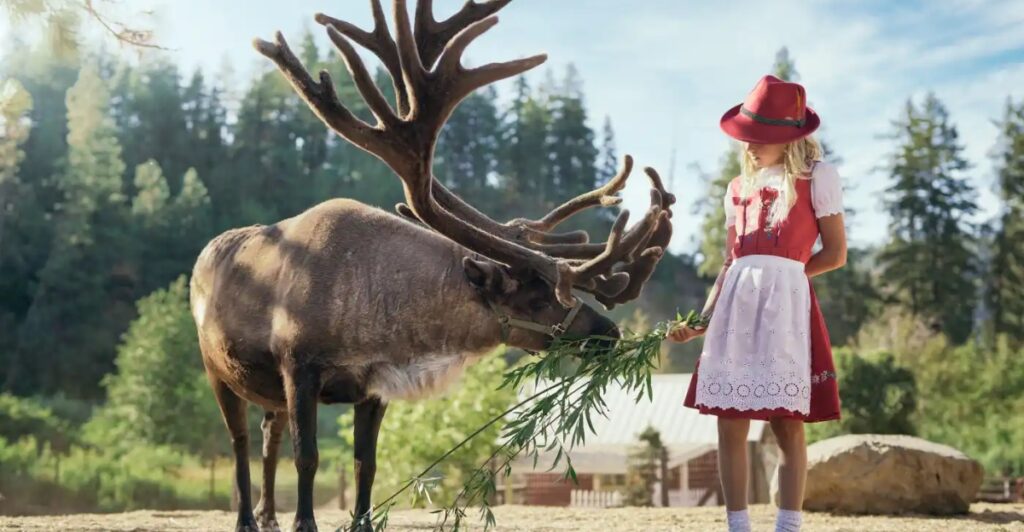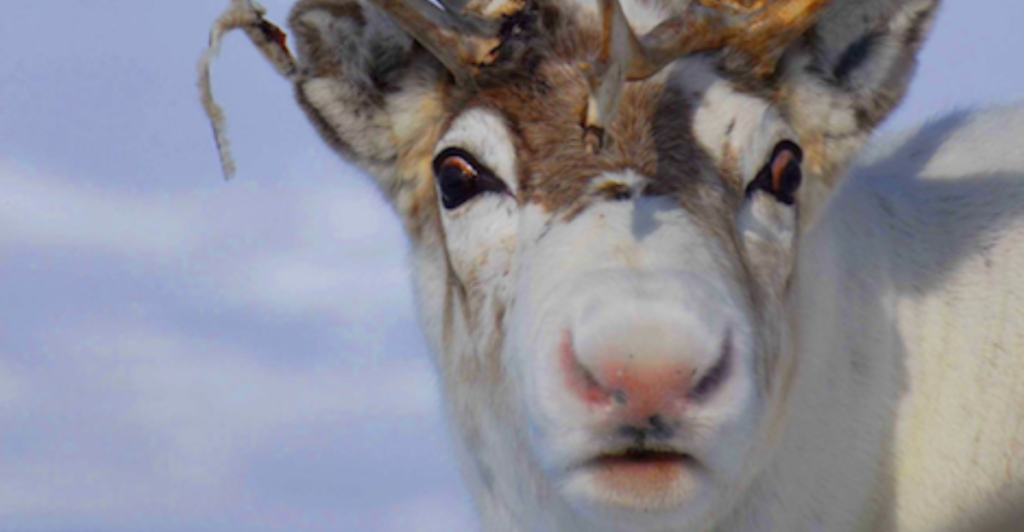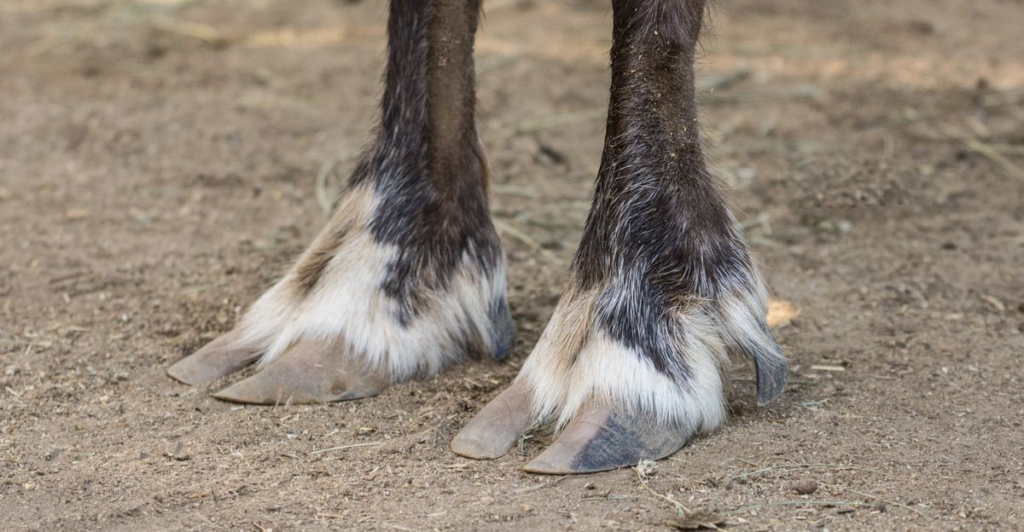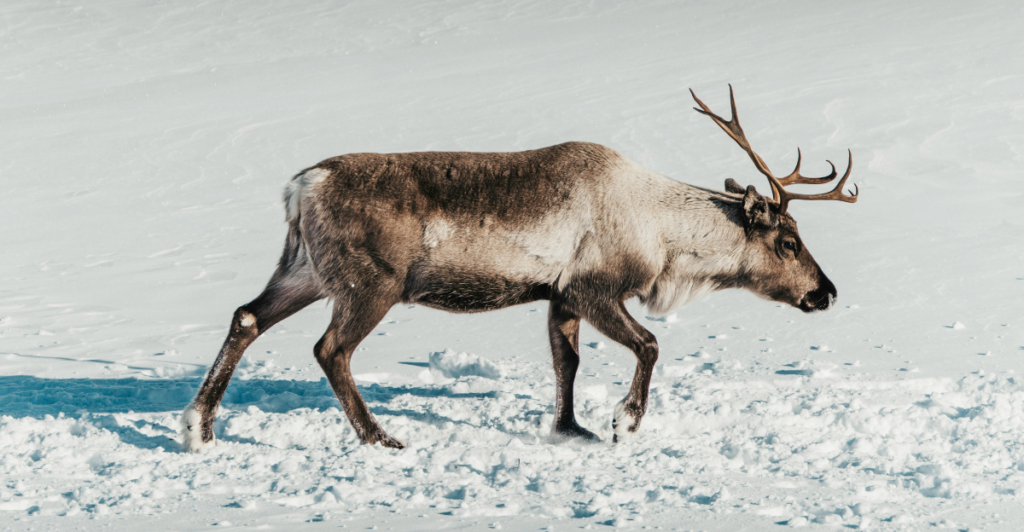
Reindeer, also known as caribou in North America, are more than just the stars of holiday tales and festive decorations. These fascinating creatures have captivated humans for centuries with their resilience, adaptability, and cultural significance. These are 11 interesting facts about reindeer that may surprise you.
1. Both Males and Females Have Antlers

In most deer species, only males grow antlers, but reindeer (or caribou) are an exception; males and females develop antlers. However, there are notable differences between the sexes. Male reindeer typically grow larger and more branched antlers than females. Males shed their antlers in late autumn or early winter after the mating season, while females retain theirs through winter. This gives females a competitive advantage in securing food during the harsh winters, as they can use their antlers to defend feeding areas from other animals. This adaptation is crucial for their survival during harsh winters when food is scarce.
2. Red Noses and Temperature Regulation

The famous image of Rudolph with a glowing red nose has some basis in reality! Reindeer have a dense network of blood vessels in their noses, which helps regulate their body temperature in extreme cold. This vascular system warms the frigid air they inhale and prevents their noses from freezing, ensuring they can function in harsh Arctic conditions. Additionally, this adaptation enhances their sense of smell, which is crucial for locating food buried under the snow. While their noses don’t glow like Rudolph’s, the increased blood flow can sometimes give their noses a reddish hue!
3. Incredible Migrators

Reindeer are known for their impressive migrations, which can cover up to 3,000 miles annually, making them one of the longest migrations of any land mammal. These migrations are driven by the search for food and suitable calving grounds. During migration, reindeer can travel an average of 12-23 miles per day, depending on environmental conditions. They navigate through diverse and challenging terrains, including tundra, forests, and even snow-covered landscapes. This instinctual behavior is crucial for accessing seasonal pastures and ensuring the survival of the herd in harsh climates.
4. Vision Adaptations

Reindeer can see ultraviolet light, which enhances their vision in snowy environments where UV light is more prevalent. This adaptation helps them spot predators like wolves and find food sources that may be camouflaged against the snow. Additionally, their eyes undergo seasonal changes: during summer, they appear golden to maximize light absorption, while in winter, they turn blue to improve visibility in low-light conditions.
5. Specialized Hooves

Reindeer hooves are specially adapted to their environment. In summer, they spread out to provide better support on soft ground, while in winter, they tighten to create a sharper edge that aids in gripping icy surfaces. This adaptability is crucial for traversing diverse terrains and ensures stability while running or walking on snow.
6. Fast Runners

Reindeer are fast runners and can reach speeds of up to 50 miles per hour in short bursts, particularly when evading predators such as wolves and bears. This impressive speed, combined with their stamina, helps them navigate their harsh environments and escape threats. Reindeer calves are born remarkably mobile; within just an hour of birth, they are able to stand and run. This ability to quickly keep pace with the herd is a critical survival mechanism, as it reduces the risk of predation and ensures the calves can travel with the group to safer areas.
7. Dietary Preferences

Reindeer primarily feed on lichen, grasses, leaves, shrubs, and other vegetation. In the winter months, when food is scarce, they use their hooves to dig through snow to access lichen and other plants buried beneath the surface, a behavior known as “cratering.” Adult reindeer typically consume about 9-18 pounds of food per day, depending on the season and their activity level. During migrations or in harsh weather conditions, their energy requirements can increase, leading them to eat more when food is available.
8. Unique Milk Composition

The milk produced by female reindeer is exceptionally rich compared to that of many other mammals. Reindeer milk contains approximately 22% fat and 10.3% protein, making it highly nutritious. This high fat and protein content is essential for the survival and growth of calves, particularly in the harsh Arctic environment. It gives them the energy and nutrients they need to develop quickly and stay warm, helping them build the strength required to keep up with the herd and thrive in challenging conditions.
9. Large Herds

Reindeer are highly social animals, often forming large herds that can number in the hundreds or even thousands, particularly during migrations. This social structure offers several advantages. Traveling in large groups provides protection against predators like wolves, as the sheer size of the herd makes it difficult for predators to single out an individual. Additionally, herding behavior enhances foraging efficiency, as the group collectively covers more ground in search of food.
10. Cultural Significance

For centuries, Arctic and Subarctic people, including the Sámi in Scandinavia and the Nenets in Russia, have domesticated reindeer. These Indigenous groups rely on reindeer for various essential resources, including transportation, clothing, and food. Their cultural importance extends into modern times, especially during the holiday season when they are featured prominently in Christmas traditions around the world.
11. Adaptations for Cold Climates

Reindeer have several remarkable adaptations that enable them to thrive in extremely cold environments. Their thick fur consists of hollow hairs that trap air for insulation, providing warmth without adding excessive weight. Additionally, their noses warm incoming air before it reaches their lungs, while their feet have hairy pads that prevent slipping on ice.
12. Honorable Mention: Communication Skills

Reindeer are known for their vocalizations, which include grunts, bleats, bellows, and other sounds. These vocalizations help them communicate with one another, especially during migrations and the calving season, when maintaining contact within the herd is crucial for safety and coordination. Mothers and calves use vocalizations to stay in touch, while the herd may also use sounds to signal distress or alert others of potential threats.
Source:
41 Remarkable Reindeer Facts for Kids
Disclaimer: This article was written with the assistance of AI and was edited/fact-checked by a human.
Stay connected with us for more stories like this! Follow us to get the latest updates or hit the Follow button at the top of this article, and let us know what you think by leaving your feedback below. We’d love to hear from you!







